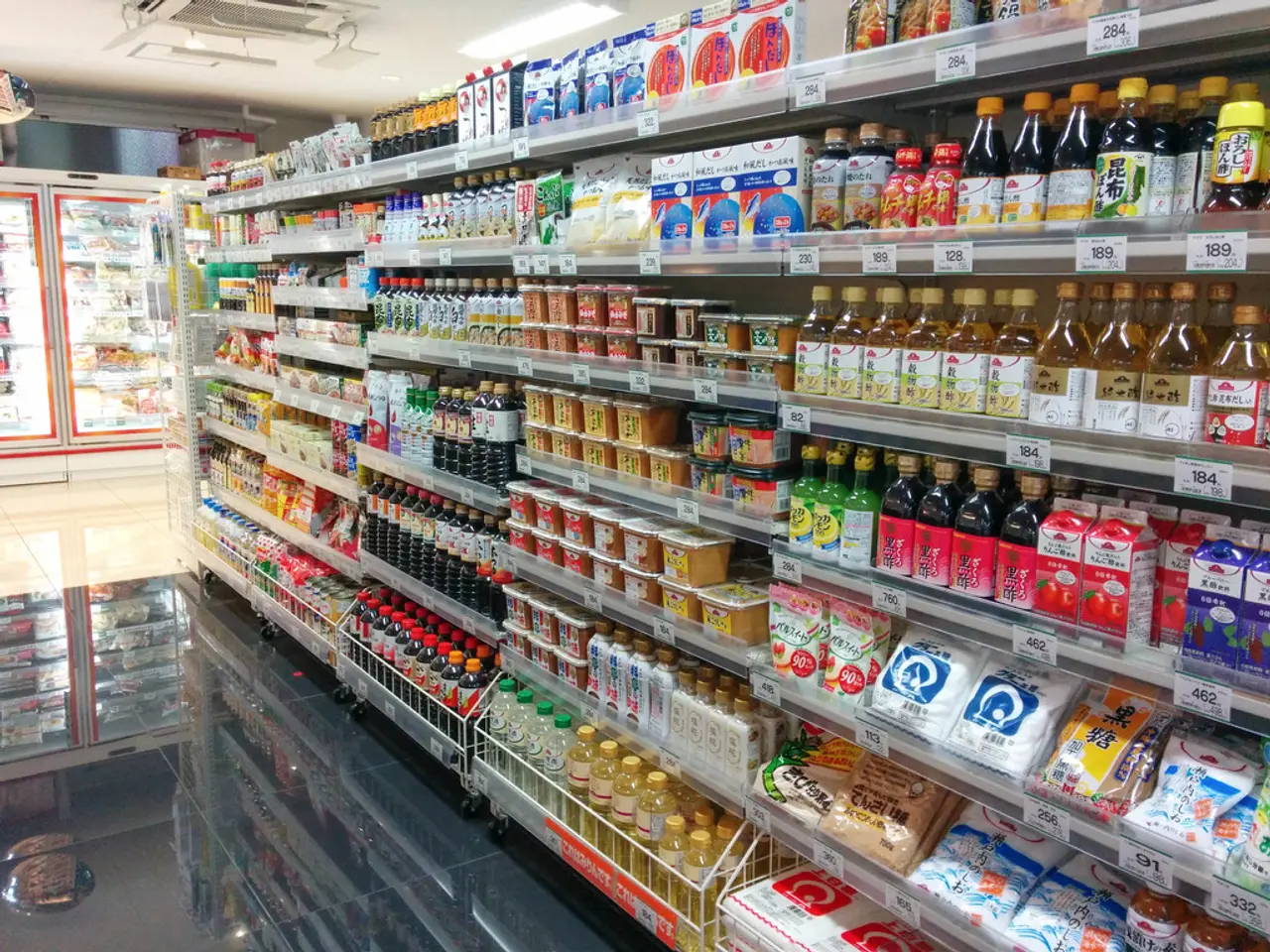Oil market potentially faces an oversupply scenario in the year 2025 due to increased production by OPEC+ alliance.
Published on July 7, 2025
In a strategic move, OPEC+, including Russia and several other countries led by Saudi Arabia, has agreed to raise their oil production by 548,000 barrels per day (bpd) starting in August. This decision, designed to respond to market dynamics, comes amidst a gradual increase in supply that began in April.
The global oil demand growth forecasts range between 0.72 million bpd and 1.3 million bpd, with both the International Energy Agency (IEA) and OPEC's estimates falling within this range. The International Energy Agency expects non-OPEC countries to grow production by about 1.4 million bpd this year.
This production increase is calibrated with market conditions in mind, reflecting a steady global economic outlook and currently healthy market fundamentals such as low oil inventories. The arrangement includes provisions to pause or reverse increases depending on how the market evolves, indicating a cautious approach designed to support market stability rather than to cause oversupply or a price crash.
While the production increase does elevate supply, OPEC+ strategy suggests it is unlikely to lead to a significant surplus in the global oil market in the near term. The group continues to monitor conditions closely and adjust outputs accordingly, aiming to prevent a potential drop in oil prices by avoiding excessive oversupply.
However, concerns persist that the market could end up with a surplus of 500,000 to 600,000 bpd, or even more, due to the increased oil production. Unless there's a major geopolitical or economic shock, OPEC+'s latest actions make these lower prices more likely.
Many analysts are lowering their price forecasts for 2025-26, expecting prices to be in the $60 range or even lower. This decision was made because the oil market is strong and the world economy looks stable. Other countries outside of OPEC, like Brazil, Canada, Guyana, and Norway, are also increasing their oil production, adding a large amount of oil to the global oil market.
OPEC+ has now brought back over 87% of the earlier cuts in oil production. In May, before tensions in the Middle East worsened, Goldman Sachs predicted average oil prices would fall below $60 per barrel, with Brent at $56 and West Texas Intermediate at $52, during the second half of the year.
In summary, the increased production does not necessarily signal an impending surplus or price collapse but rather a controlled adjustment aligned with evolving market conditions. OPEC+ is committed to stability, with mechanisms to pause or reverse increases, aiming to prevent a potential drop in oil prices by avoiding excessive oversupply.
The agreement by OPEC+ to increase oil production by 548,000 barrels per day (bpd) could potentially contribute to the global oil market, especially since other countries like Brazil, Canada, Guyana, and Norway are also enhancing their oil-and-gas industries. However, the finance sector and the economy may be affected if the market ends up with a surplus of 500,000 to 600,000 bpd or more, potentially causing a drop in oil prices, as suggested by some analysts who have lowered their price forecasts for 2025-26 to the $60 range or lower.




